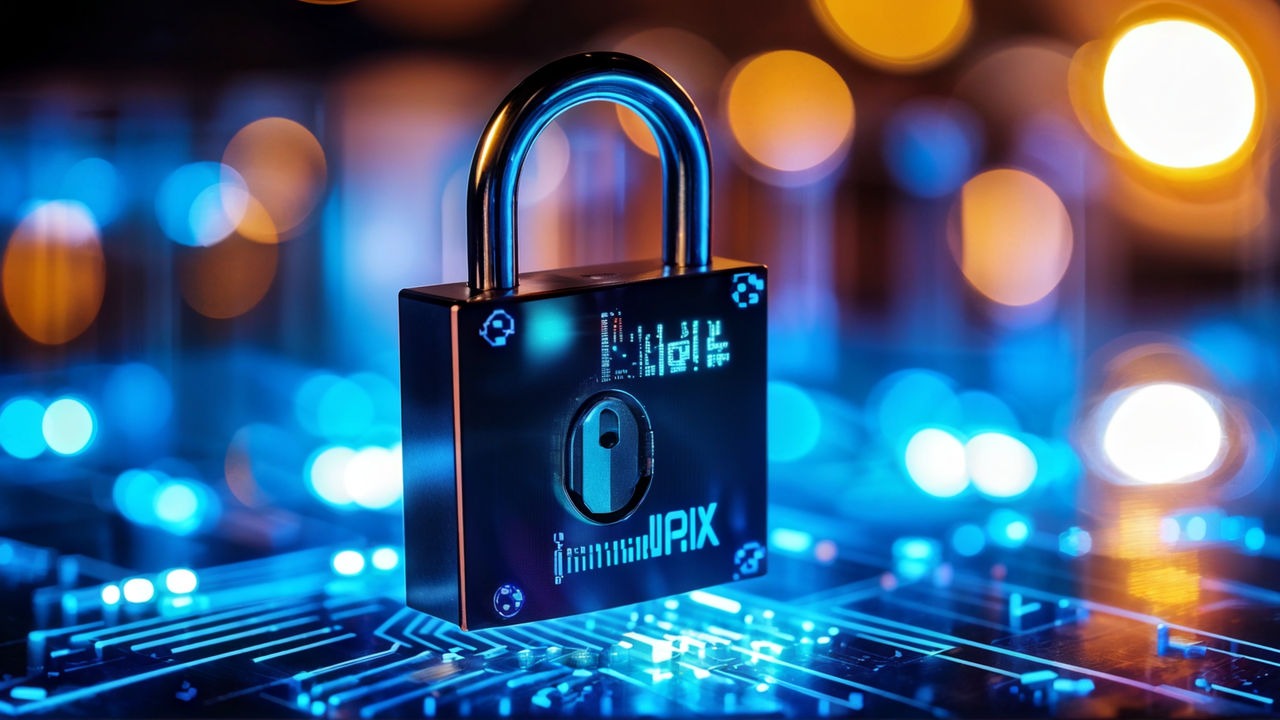Quantum-Safe Cryptography: Future-Proof Your Security Against Quantum Threats
As quantum computing advances, traditional cryptographic systems face unprecedented risks. Quantum computers possess the capability to solve complex mathematical problems at speeds far beyond classical computers, threatening the security of conventional encryption methods. This shift necessitates the adoption of quantum-safe cryptography—a new class of algorithms designed to withstand potential quantum attacks. Understanding and implementing these advanced cryptographic techniques is vital for developers and organizations aiming to safeguard their data and maintain robust security in the face of evolving technology.
Quantum-safe cryptography, also known as post-quantum cryptography, is not just a theoretical concept but a practical necessity as we approach the quantum computing era. This blog will explore the fundamentals of quantum-safe cryptography, current challenges, and actionable strategies for integrating these advanced solutions into existing systems. For a deeper understanding of the impact of emerging technologies, consider reading about The Transformative Impact of 5G on Mobile App Development.
Understanding Quantum Computing and Its Threats
Quantum computing represents a significant advancement in computational power, utilizing quantum bits (qubits) to perform calculations that classical computers cannot manage efficiently. This capability stems from quantum superposition and entanglement, which enable quantum computers to process vast amounts of data simultaneously. The potential for quantum computers to break current encryption standards arises from their ability to solve problems like factoring large integers and solving discrete logarithms much faster than classical computers. This capability poses a direct threat to widely used cryptographic systems, such as RSA and ECC.
To grasp the implications for web developers, it’s essential to recognize that the security foundations of many modern applications rely on encryption methods vulnerable to quantum attacks. For instance, RSA, commonly used for secure data transmission, could be compromised by a sufficiently powerful quantum computer. This vulnerability highlights the urgency for transitioning to quantum-safe cryptographic methods. For more insights into related technologies, check out Harnessing the Power of GraphQL, which discusses efficient data management practices that can complement enhanced security measures.
Quantum-Safe Cryptography: What Is It?
Quantum-safe cryptography encompasses cryptographic algorithms specifically designed to resist attacks from quantum computers. These algorithms are based on mathematical problems believed to be intractable for quantum systems, such as lattice-based cryptography, hash-based cryptography, and code-based cryptography. Unlike traditional methods that rely on factoring large numbers or solving discrete logarithms, quantum-safe methods use complex mathematical structures that are resistant to quantum attacks.
Implementing these algorithms involves selecting appropriate quantum-safe solutions and integrating them into existing systems. For developers, this means updating encryption standards, revising security protocols, and ensuring compatibility with current infrastructure. A practical example includes transitioning from RSA to lattice-based encryption algorithms, which offer robust security against quantum threats. To explore how technology can adapt to such advancements, read Unleashing Efficiency: Exploring Event-Driven Architectures, which discusses flexible and adaptive tech solutions.
Implementing Quantum-Safe Cryptography: Key Strategies
Transitioning to quantum-safe cryptography requires a strategic approach to ensure effective integration. The first step involves evaluating the current cryptographic infrastructure to identify systems that are vulnerable to quantum attacks. Developers must assess which algorithms are in use, their security implications, and how they can be replaced or updated with quantum-safe alternatives.
Next, adopting quantum-safe algorithms involves selecting from various options like lattice-based or hash-based cryptographic methods. The implementation should be gradual, starting with less critical systems before updating core security infrastructure. This phased approach minimizes disruptions while ensuring compatibility with existing technologies. Planning for ongoing adaptation is crucial, as the field of quantum-safe cryptography is still evolving. For strategies on future-proofing tech, explore The Future of Web Development: Unleashing IoT’s Power and Potential, which highlights how to stay ahead of technological advancements.
Challenges and Considerations
Integrating quantum-safe cryptography presents several challenges, including performance overhead, interoperability issues, and the need for rigorous testing. Quantum-safe algorithms may introduce additional computational complexity, impacting system performance. Developers must address these performance considerations by optimizing algorithms and ensuring that they do not significantly degrade user experience.
Interoperability is another critical concern, as quantum-safe solutions must work seamlessly with existing systems and standards. Testing and validation are essential to ensure that these new algorithms integrate smoothly and maintain the desired security levels. Additionally, staying informed about the latest developments in quantum computing and cryptography is vital for ongoing adaptation. For overcoming similar technological challenges, consider reading The Ultimate Guide to Remote Work, which offers insights into adapting to evolving tech environments.
Conclusion
The advent of quantum computing underscores the urgent need for quantum-safe cryptography. By adopting and integrating quantum-safe algorithms, developers and organizations can future-proof their security systems against potential quantum threats. Embracing these advanced cryptographic solutions now will help ensure that data remains secure as technology continues to evolve. Staying proactive and informed will be crucial for maintaining robust security in the quantum computing era.
Discover more from Just-CO
Subscribe to get the latest posts sent to your email.




